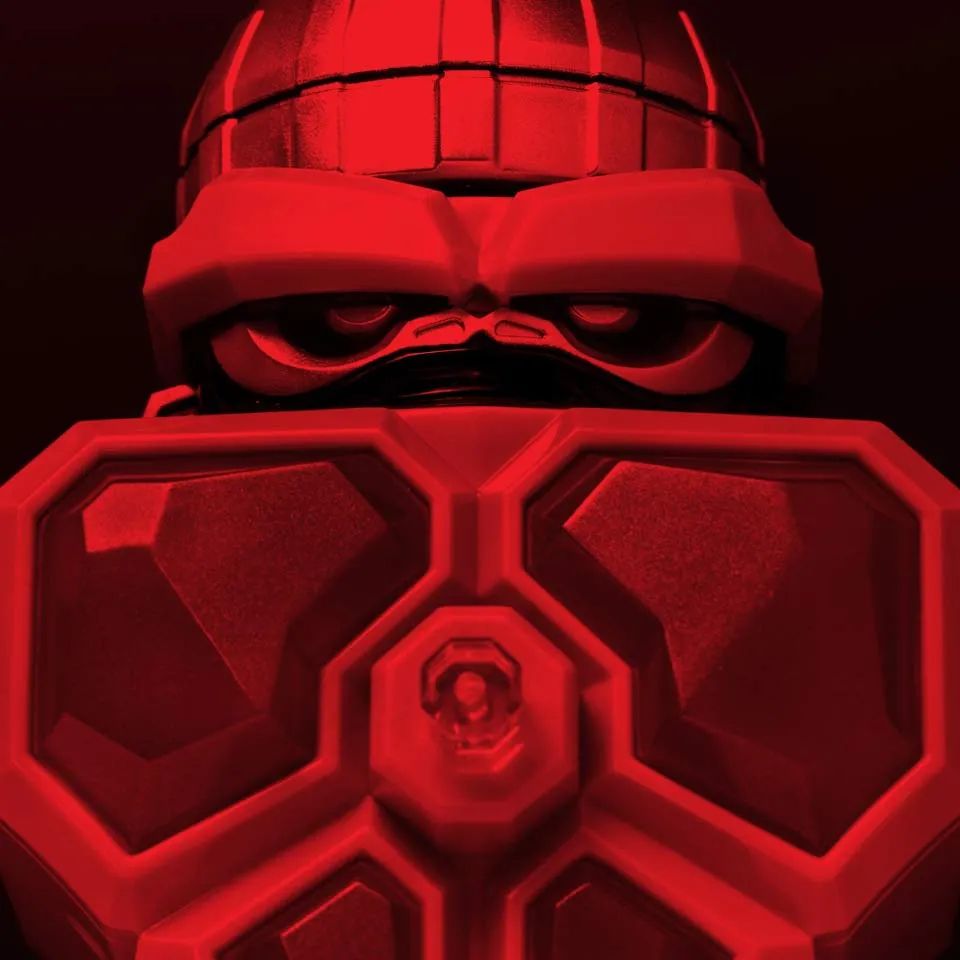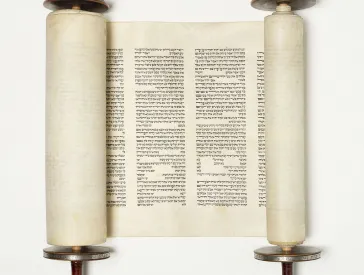Avatars
Article in the Exhibition Catalogue GOLEM
Louisa Hall
The experts say that within the next fifty years, personal computers will be advanced enough to sustain online avatars that will not die when we do. Using animation and voice-recognition technologies, our friends and relatives will be able to create lifelike digital bodies, into which they will breathe our particular spirit, a complicated spell composed of such ingredients as online communication, downloaded photographs, consumer reports and GPS tracking. When we die, we will leave behind three-dimensional, animated versions of ourselves, replete with records of our experiences and relationships. Once these avatars have been linked to the social networks of our living friends and relatives, and once they’ve been endowed with technologies that allow them to impute the emotions of these friends and relatives based on facial expressions in photographs, our avatars will be capable of maintaining attachments to our loved ones, gaining knowledge and experience about their continuing lives, and evolving with them—even after our death.
Even now, these technologies aren’t so far-fetched. We already maintain the Facebook accounts of our deceased loved ones, as do we rekindle old relationships by checking in with the online presence of friends and exes with whom we no longer speak. In part, we build our own online presence for exactly this purpose. It’s no longer necessary to trust the unreliable memories of our loved ones to keep us alive in their minds. Every time we upload a photograph to Instagram or allow our phone to record our location, we are contributing to our online afterlife; each post we make to Facebook breathes a new sigh of life into the golems we’ve made of the phones in our pockets.
They are our guardians against total destruction, our guarantee against endings—if only we can be sure to arrange the right combination of pictures, if only we can be careful to give a true name to the experiences we’ve recorded.
The impulse to treasure up our spirit in a body outside our own has always been with us. It’s the urge behind writing books, behind creating art. It’s also the urge behind making golems. Sometimes we choose bodies of clay; other times, we choose bodies of paper. Now, increasingly, we choose the bodies of our phones and computers, and already, like the others, those avatars have gained a power of their own: changing us, making us more reliant, absconding with our memories, replacing us in the minds of our loved ones.
Louisa Hall grew up in Philadelphia. She holds a PhD in literature from the University of Texas at Austin, where she currently teaches literature and creative writing. She is the author of the novels Speak and The Carriage House, and her poems have been published in the New Republic, Southwest Review, Ellipsis, and other journals.
People walk on a sidewalk in Manhattan both holding smartphones in their hands Michael Kowalczyk, New York, 2015 Photograph
Citation recommendation:
Louisa Hall (2016), Avatars. Article in the Exhibition Catalogue GOLEM.
URL: www.jmberlin.de/en/node/4689

Online Edition of the GOLEM Catalog: Table of Contents
The Golem in Berlin: Introduction by Peter Schäfer
Chapter 1
- The Golem Lives On: Introduction by Martina Lüdicke
- My Light is Your Life: Text by Anna Dorothea Ludewig
- Current page: Avatars: Text by Louisa Hall
- The Secret of the Cyborgs: Text by Caspar Battegay
Chapter 2
- Jewish Mysticism: Introduction by Emily D. Bilski
- Golem Magic: Text by Martina Lüdicke
- Golem, Language, Dada: Text by Emily D. Bilski
Chapter 3
- Transformation: Introduction by Emily D. Bilski
- Jana Sterbak’s Golem: Objects as Sensations: Text by Rita Kersting
- Crisálidas (Chrysalises): Text by Jorge Gil
- Rituals: Text by Christopher Lyon
- A Golem that Ended Well: Text by Emily D. Bilski
- On the Golem: Text by David Musgrave
- Louise Fishman’s Paint Golem: Text by Emily D. Bilski
Chapter 4
- Legendary Prague: Introduction by Martina Lüdicke
- Golem Variations: Text by Peter Schäfer
- Rabbi Loew’s Well-Deserved Bath: Text by Harold Gabriel Weisz Carrington
Chapter 5
- Horror and Magic: Introduction by Martina Lüdicke
- Golem and a Little Girl: Text by Helene Wecker
- The Golem with a Group of Children Dancing: Text by Karin Harrasser
- Bringing the Film Set To Life: Text by Anna-Carolin Augustin
- Golem and Mirjam: Text by Cathy S. Gelbin
Chapter 6
- Out of Control: Introduction by Emily D. Bilski
- Golem—Man Awakened with Glowing Hammer: Text by Arno Pařík
- Dangerous Symbols: Text by Charlotta Kotik
- Be Careful What You Wish For: Text by Marc Estrin
Chapter 7
- Doppelgänger: Introduction by Martina Lüdicke
- From the Golem-Talmud: Text by Joshua Cohen
- Kitaj’s Art Golem: Text by Tracy Bartley
- The Golem as Techno-Imagination?: Text by Cosima Wagner
See also
- GOLEM: 2016, online edition with selected texts of the exhibition catalog
- GOLEM: 2016, complete printed edition of the exhibition catalog, in German
- Golem. From Mysticism to Minecraft: Online Feature, 2016
- GOLEM: Exhibition, 23 Sep 2016 to 29 Jan 2017

